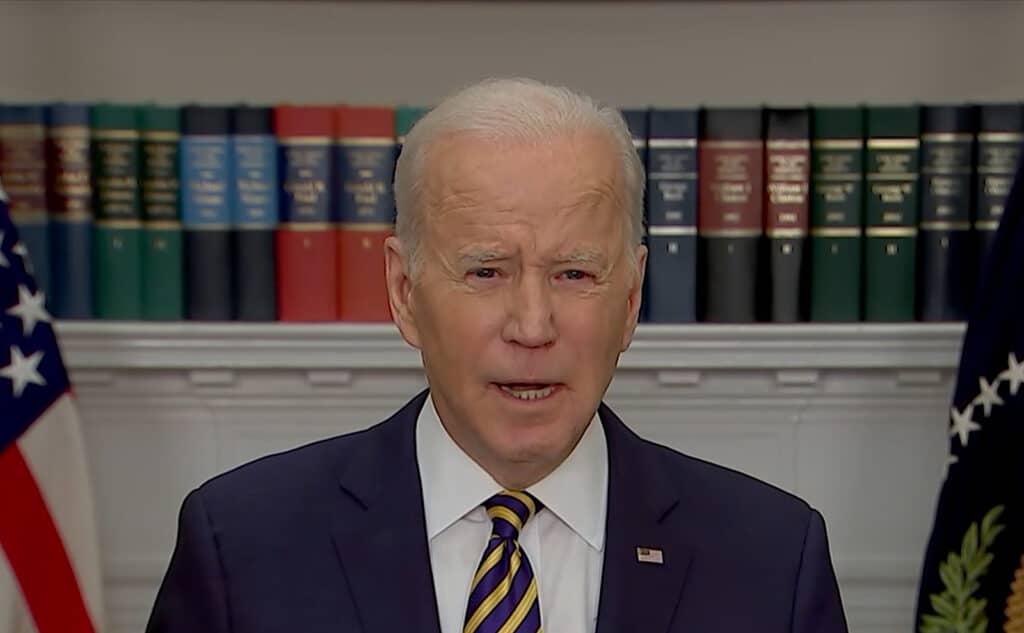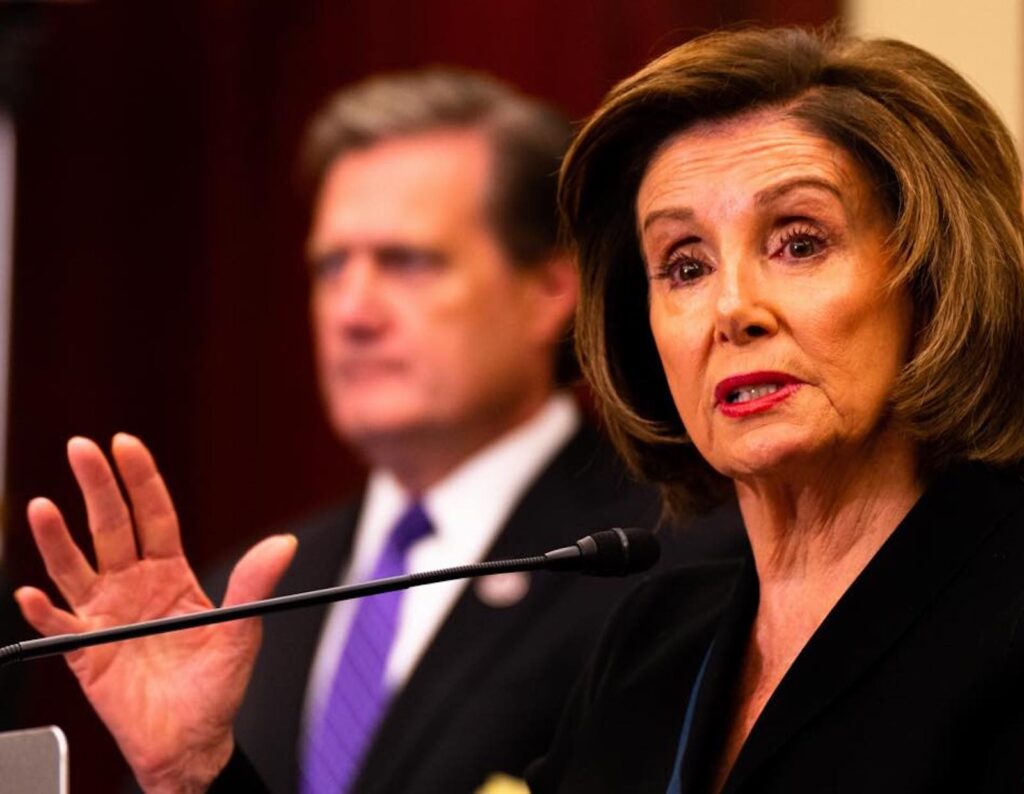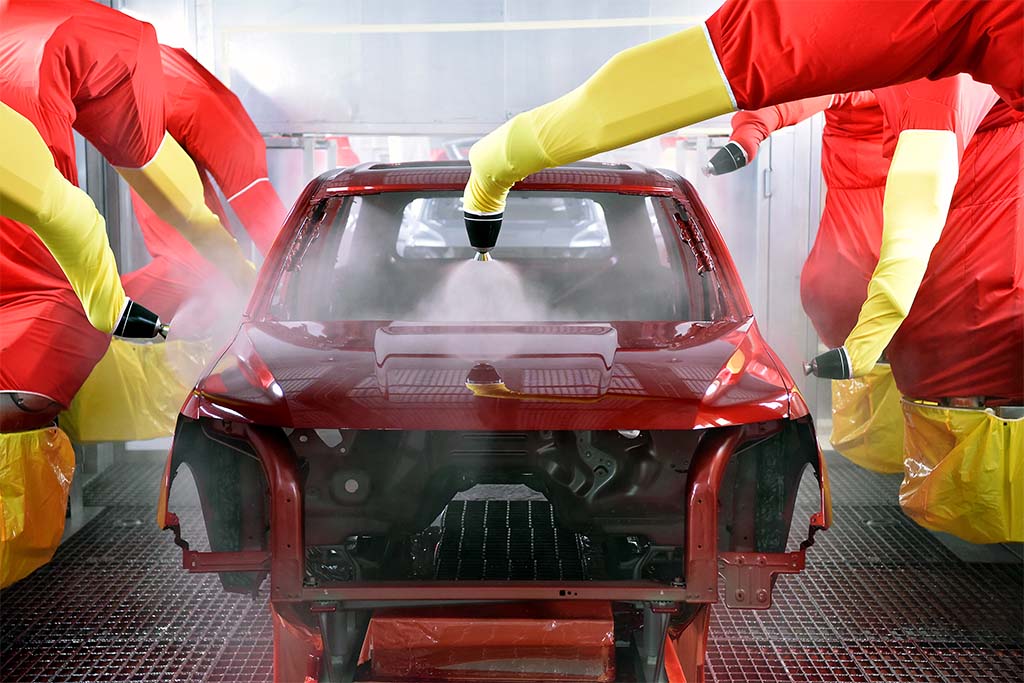Automakers Face Another Disruption with Looming Rail Strike
For the past two years, automakers have faced major disruptions in their carefully balanced supply chains.

Now they are hoping President Joe Biden and a divided Congress can help avoid the ultimate shock — a rail strike, which would not only halt assembly lines right across the industry but also curtail delivery of new vehicles across the United States.
Biden said Tuesday he is “confident” a rail strike will be avoided while meeting with key congressional leaders.
Legislation necessary
“It’s not an easy call but I think we have to do it,” Biden said while meeting with House Speaker Nancy Pelosi, Senate Majority Leader Chuck Schumer, House Minority Leader Kevin McCarthy and Senate Minority Leader Mitch McConnell. “The economy is at risk,” Biden added.
Pelosi said the House could vote on legislation to avert the rail shutdown as soon as Wednesday, which could set up action in the Senate later this week or next.
The legislation would be based on long-standing federal laws, some dating back to the 19th Century, which allow for Congressional intervention. The legislation also allows Congress to impose a settlement on both the railroads and their unions.

Senator Bernie Sanders (I-Vermont) said he was prepared to introduce an amendment to the rail legislation, which would force the employers to give their employees up to seven additional days of paid sick leave each year. The extra sick time has been a major sticking point, according to unions, such as the sheet metal workers union, which turned down a tentative agreement negotiated in September.
Rail union prepare for walkouts
A status quo agreement between Transportation Division of the International Association of Sheet Metal, Air, Rail, and Transportation Workers (SMART-TD) have voted to reject it, and management is in effect until Dec. 8. Beginning Dec. 9, SMART-TD would be allowed to go on strike, or the rail carriers would be permitted to lock out workers — unless Congress intervenes.
“The ball is now in the railroads’ court. Let’s see what they do. They can settle this at the bargaining table,” said SMART-TD President Jeremy Ferguson. “But the railroad executives who constantly complain about government interference and regularly bad mouth regulators and Congress now want Congress to do the bargaining for them.”
If there is a strike by SMART-TD or any of the other three rail unions that have rejected proposed contracts with the carriers, BLET and the other eight rail unions that have ratified agreements have pledged to lawfully honor their picket lines.

“We stood shoulder to shoulder with our brothers and sisters in SMART-TD and others in rail labor throughout this process, and we will continue to stand in solidarity with them as we approach the finish line in this round of negotiations,” said Dennis Pierce, president of the Brotherhood of Locomotive Engineers and Trainmen.
What could happen
Accepting Sanders amendment would serve as convenient way for Biden, who likes to describe himself as the most pro-union President, siding with management on a dispute over time off observers say the railroad have created by cutting their operating staffs.
Sanders also has said in a television interview his amendment will serve as test of Republican claims the support working-class Americans rather than the interests of Big Business.
The auto industry could begin feeling the impact of even the continuing threat of a strike 96 hours — or four days — before the Dec. 9 deadline or early next week because rail carriers have said they would have to begin shutting down critical shipments of chemicals to their customers. The supply of paint needed to finish vehicles would probably be disrupted.
In addition, any walkout would very likely snarl the disposition of carriers used to move finished vehicles from assembly plants and deep-water ports on the East and West Coasts to dealerships. More than half of all new vehicles travel by rail at some point in their journey to customers, according to experts familiar with the process.
FreightWaves reported rail moved $84 billion in goods across the U.S.-Mexico border in 2021, with more than 246,000 loaded rail containers passing through the port of entry in Laredo, Texas. The Laredo rail crossing is the busiest on the border, averaging about 24 trains daily in both directions.
Auto Lovers Land
Comments
Post a Comment